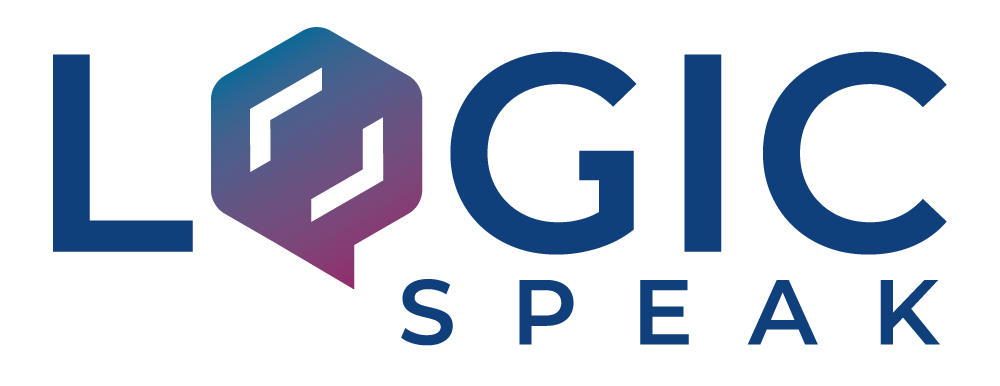You probably think of Microsoft SharePoint as a content management and storage system. But beyond this basic functionality, SharePoint has many lesser-known capabilities and features. Read below to learn more about ten built-in SharePoint capabilities that can help you get even more out of your SharePoint investment. And for more info, check out our SharePoint Empowerment video.
See if any of these Top 10 Features would help you!
#1. Adding external members
SharePoint is not just for internal users. Just like with Microsoft Teams, you can add external vendors, partners, customers to your SharePoint site for collaboration and communication. Internal users can interact with external users just as internal users interact with each other. External users gain access to the documents and information they need to collaborate effectively, while advanced permissions functionality keeps your data safe.
#2. External content sharing
SharePoint provides the ability to share documents, files, and folders, and other data stored in SharePoint document libraries with external parties such as clients, vendors, and partners—even when you are not adding them as an external member. To share content, simply enter the email address and the recipient receives a link to the content. Various security features can be set to ensure the safety of your content, including making a document read only, expiring the link, password protecting the document, and more. With external content sharing, you keep control of your data and prevent the issue of multiple versions that results from emailing a document as an attachment to multiple people.
Stay Connected!
Get the latest IT trends and best practices in your inbox.
#3. More than content management
Traditionally, SharePoint has been considered as the place where your documents and data live, and many organizations use it simply to securely store files. But SharePoint has so many more functions. Businesses now use SharePoint to share, organize, build, and manage applications, documents, and projects. Just a few of the many ways you can leverage SharePoint include collaboration, document storage, communication, project management, intranet, extranet, status updates, design documents, and more.
#4. Project management
Did you know that you can use SharePoint for project management? SharePoint includes capabilities for collaboration, project planning, creating task lists, notifying project members of their responsibilities, tracking deliverables, storing project documents, reporting, and more.
#5. Restoring deleted data (for a period of time)
Many SharePoint users are unaware that all SharePoint sites have a built-in recycle bin that saves data within the timeframe specified in settings and from where users can easily restore the data. If your organization would like the ability to restore data past the time allowed by the SharePoint recycle bin, Logic Speak provides an Office 365 backup solution that can make your data recoverable indefinitely. This capability protects you from realizing too late that your data has been deleted.
#6. Versioning
Have you ever collaborated on a SharePoint document through online editing and wished you could return to a previous version? Perhaps someone else inadvertently pasted in the wrong values for your monthly financials in Excel. Or maybe they saved a document before realizing they had deleted a lot of text. Every time you save your document, SharePoint tracks the versions so that you can always go back to a previous version. This feature is built in and turned on by default for all SharePoint sites.
#7. Check-in/check-out
Most of you probably remember the check-in/check-out feature that keeps others from opening a file while someone is editing it. With auto-save and synchronous editing, check-in/check-out has lost popularity. However, there are still times when you need to make changes to a document while ensuring no one else can edit the document at the same time. With check-in/check-out, you can check out a file, make your changes, and check it back in when you’re done—ensuring no one else can make changes while you are editing.
#8. File synching with Files On-Demand
Did you know you can synch SharePoint documents and libraries and edit them just like you would any other local files on your desktop using the same app that you use to synch your OneDrive? With a built-in feature called Files On-Demand, you can sync SharePoint document libraries to your computer. Files On-Demand synchs or downloads the files only as you access them, so they don’t take up a lot of space on your hard drive.
#9. Advanced permissions
SharePoint allows you to assign varying permissions to different data within SharePoint. By default, permissions of all content in SharePoint are inherited from the site. But with SharePoint, you can edit the permissions to either restrict or grant access to individual libraries, folders, files, or in order to prevent inappropriate access to information. Users only gain access to the content for which they have permission and not more. For example, if your organization has an HR site, you can give full company-wide access to general resources yet restrict some documents so they can only be accessed by the HR team. Similarly, you can give a different level of access to external clients, partners, and vendors than you do to your internal employees. You can even create custom permissions levels.
#10. Alerts
Few people are aware that you can subscribe to alerts in SharePoint. For every SharePoint object, list, container, library, folder, calendar, or site, you can subscribe to email alerts for that data. When new data is added or data is modified, you will be notified via email.


Recent Comments